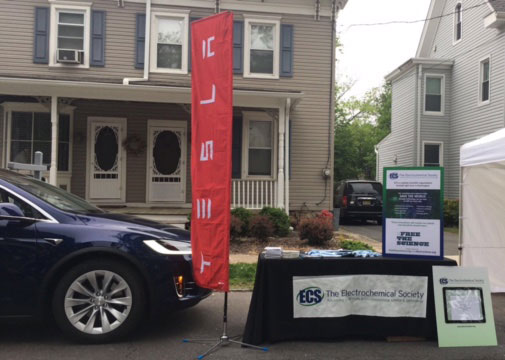 On Saturday May 20, ECS participated in Pennington Day, a local community festival that highlights local artists, food and other vendors, and nonprofits. As one of the largest organizations in Pennington, NJ and with an important message to communicate, ECS took to the streets for the all-day street affair.
On Saturday May 20, ECS participated in Pennington Day, a local community festival that highlights local artists, food and other vendors, and nonprofits. As one of the largest organizations in Pennington, NJ and with an important message to communicate, ECS took to the streets for the all-day street affair.
To engage passersby, we partnered with Tesla to demonstrate what our sciences look like when applied to the real world. The Tesla Model X, with its DeLorean-esque doors attracted plenty of curious people who inquired about the car’s capabilities. The top 3 questions were:
- How far can you drive on one charge?
- Where are there charging stations?
- How much does it cost? The model we had was $110,000!
 And for something for younger, budding scientists, we collaborated with students from PRISM (Princeton Institute for the Science and Technology of Materials) at Princeton University. They worked on building molecules out of gumdrops and toothpicks!
And for something for younger, budding scientists, we collaborated with students from PRISM (Princeton Institute for the Science and Technology of Materials) at Princeton University. They worked on building molecules out of gumdrops and toothpicks!
We had a steady stream of visitors, including some of our members, throughout the day and gave away prizes to people who could answer questions about our sciences. A big thanks to the organizers of Pennington Day and our partners at PRISM and Tesla for making our booth so successful at this event!


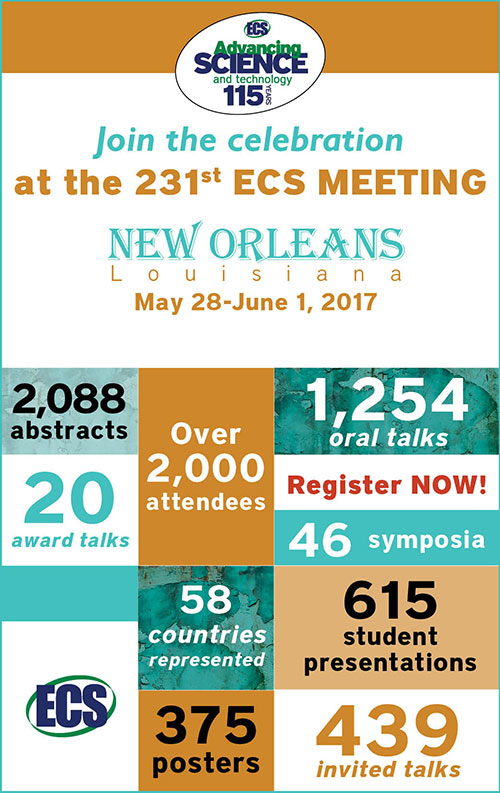
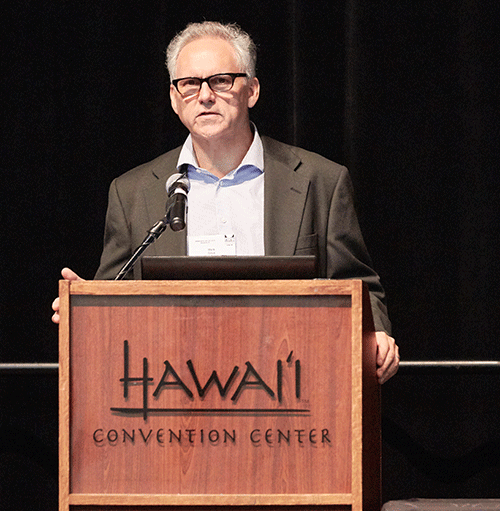
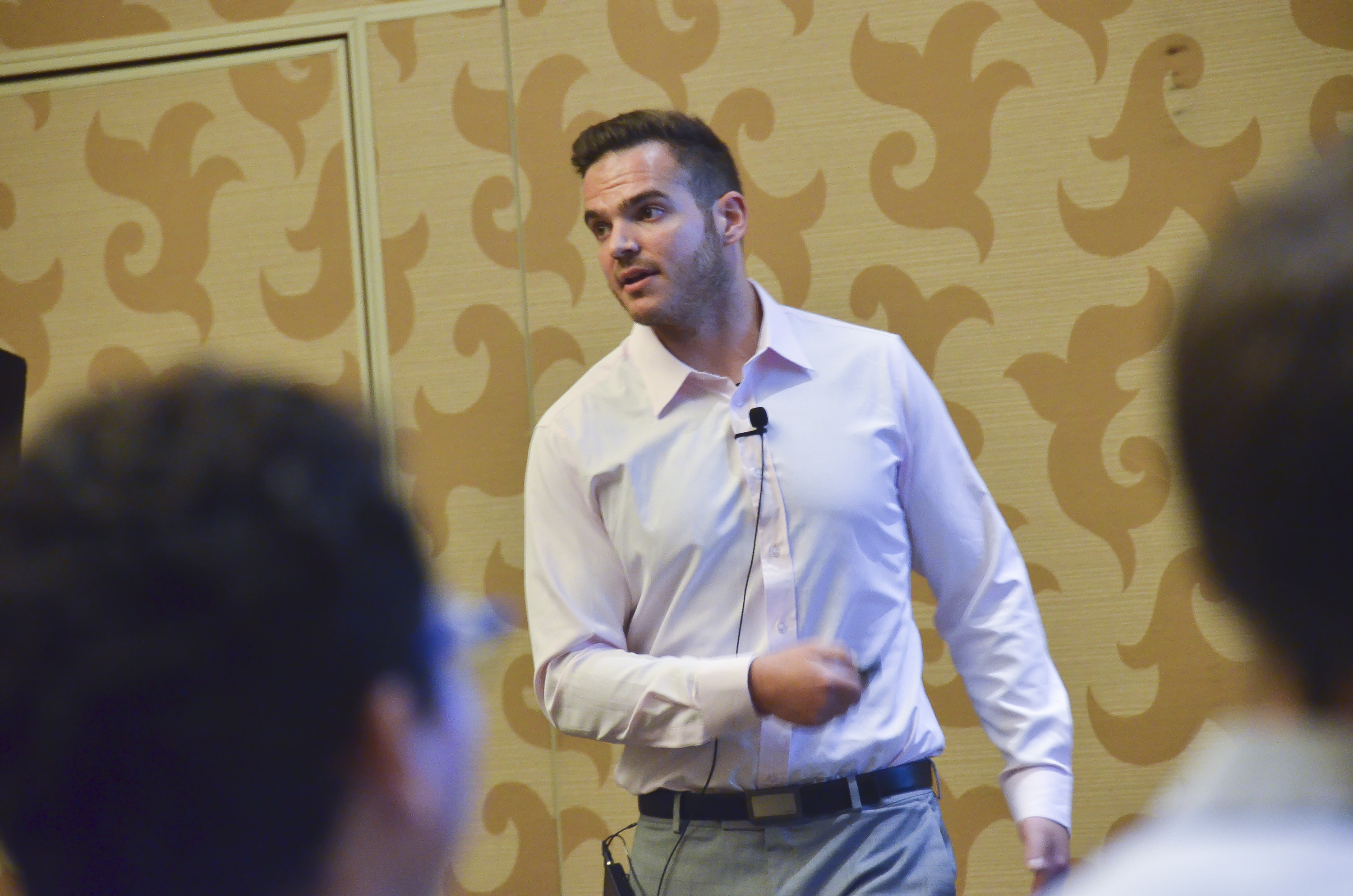 Topic Close-up #3
Topic Close-up #3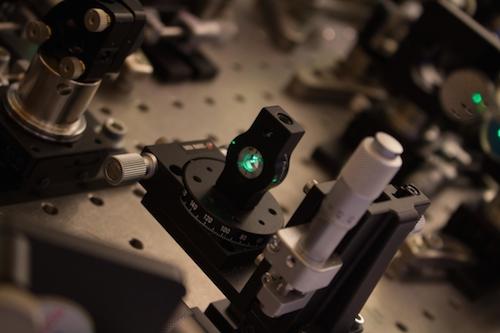
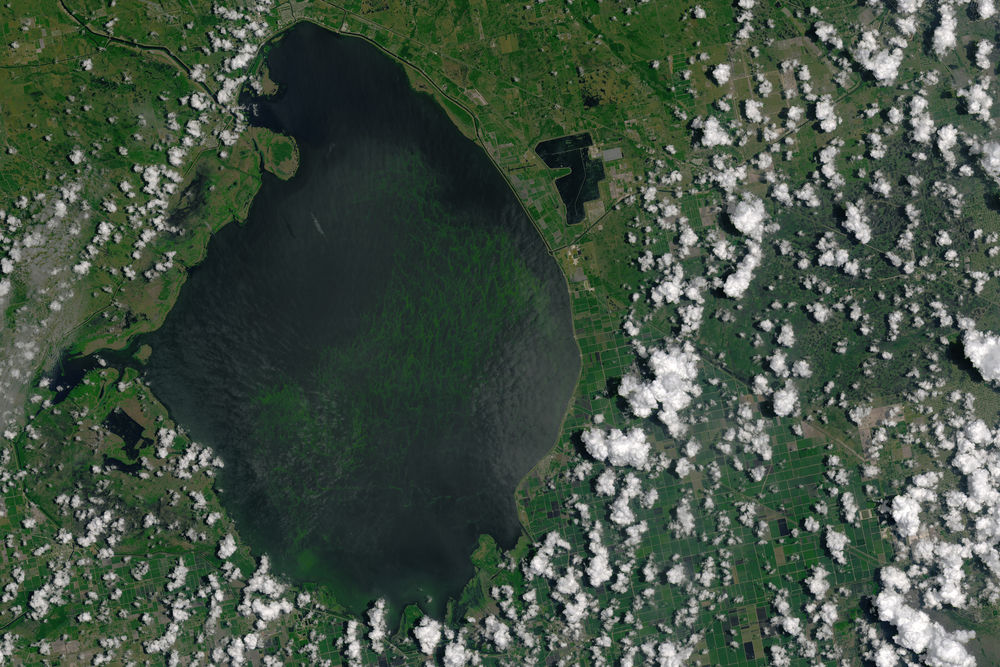
 A recent survey shows the scholarly publication model is changing, and researchers are embracing that change.
A recent survey shows the scholarly publication model is changing, and researchers are embracing that change.